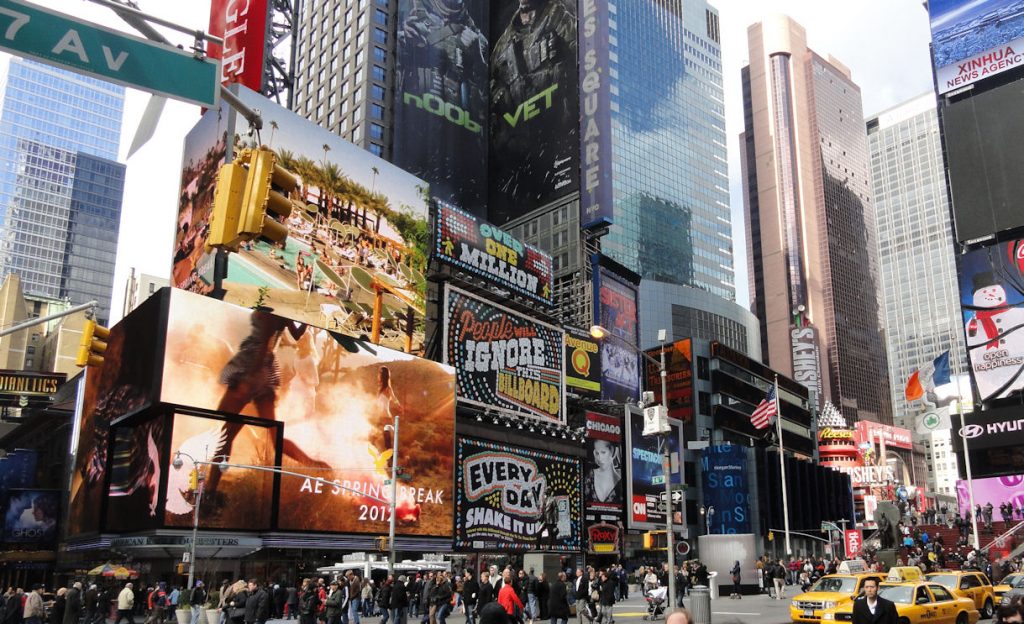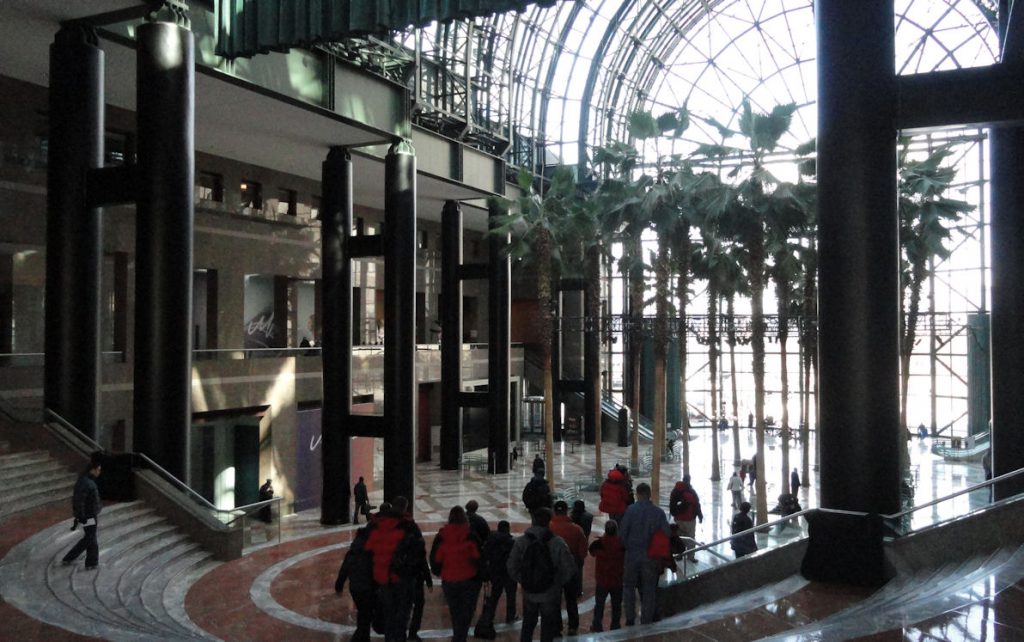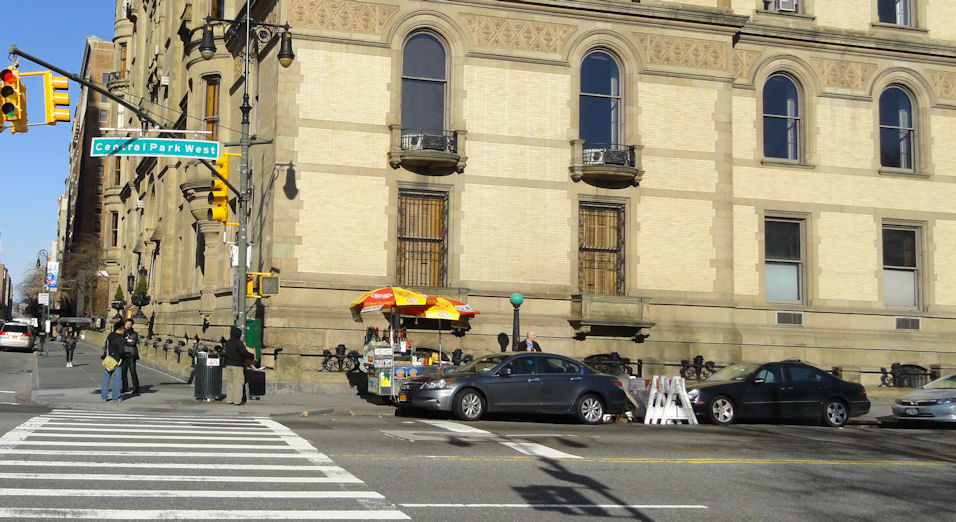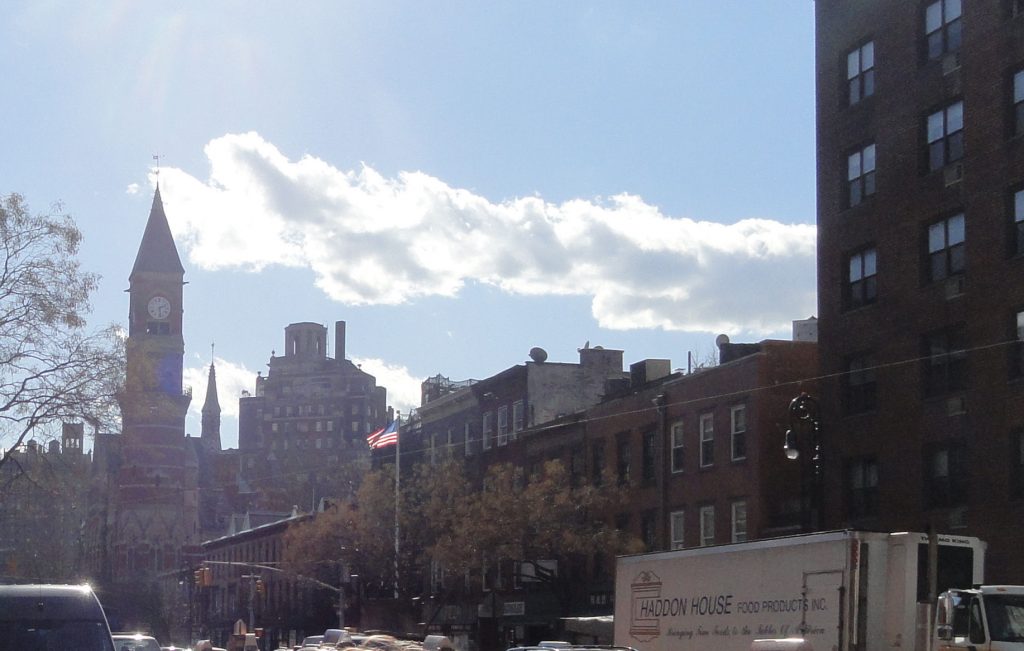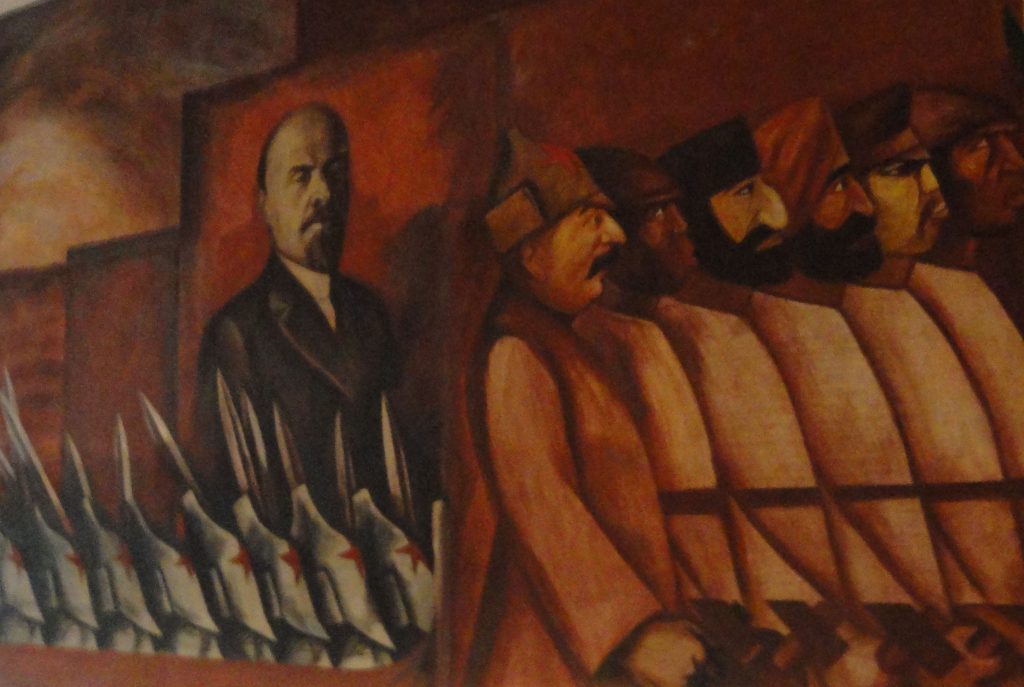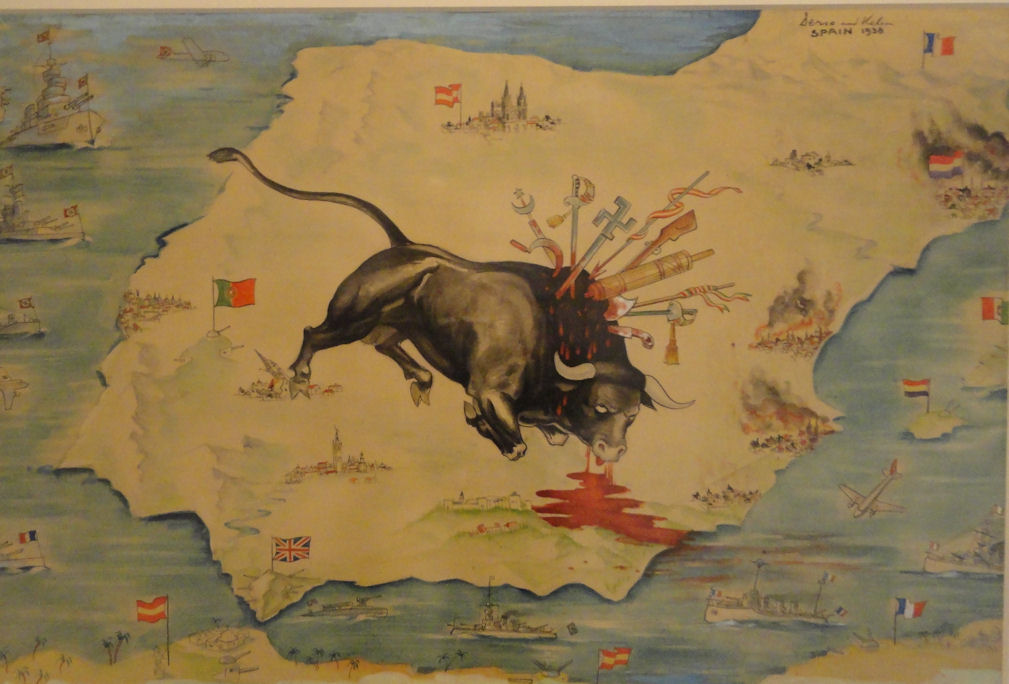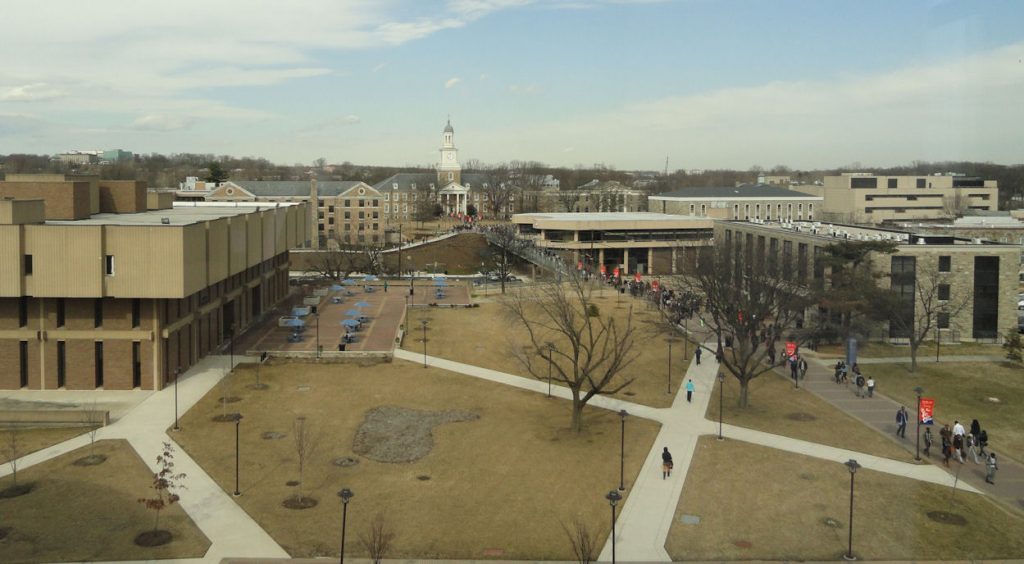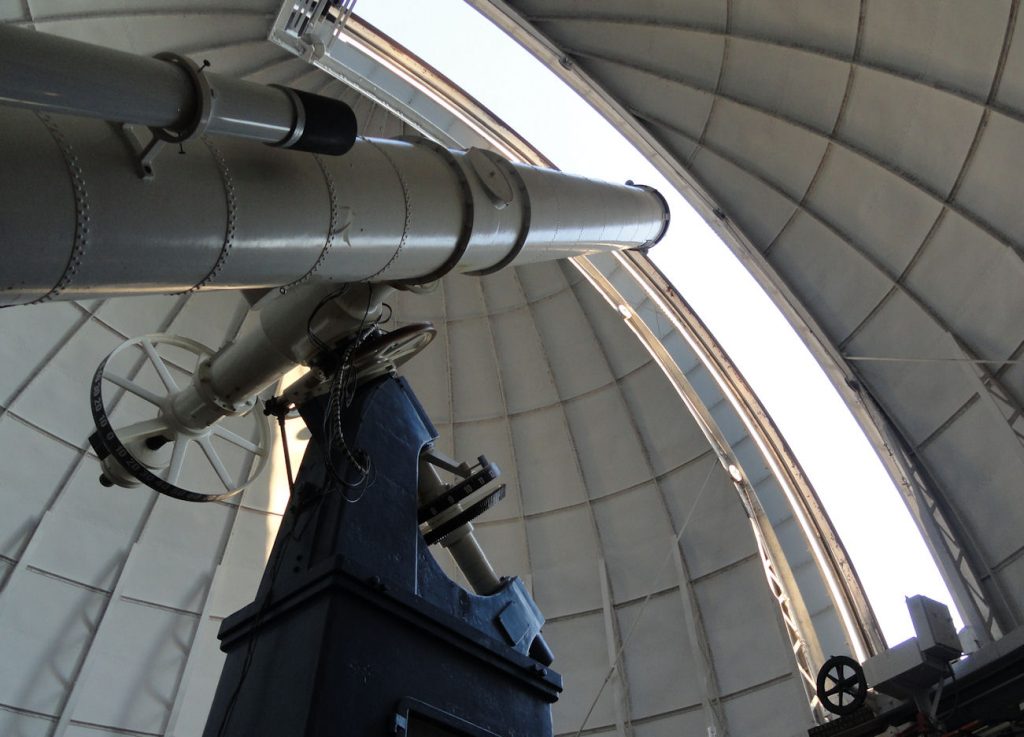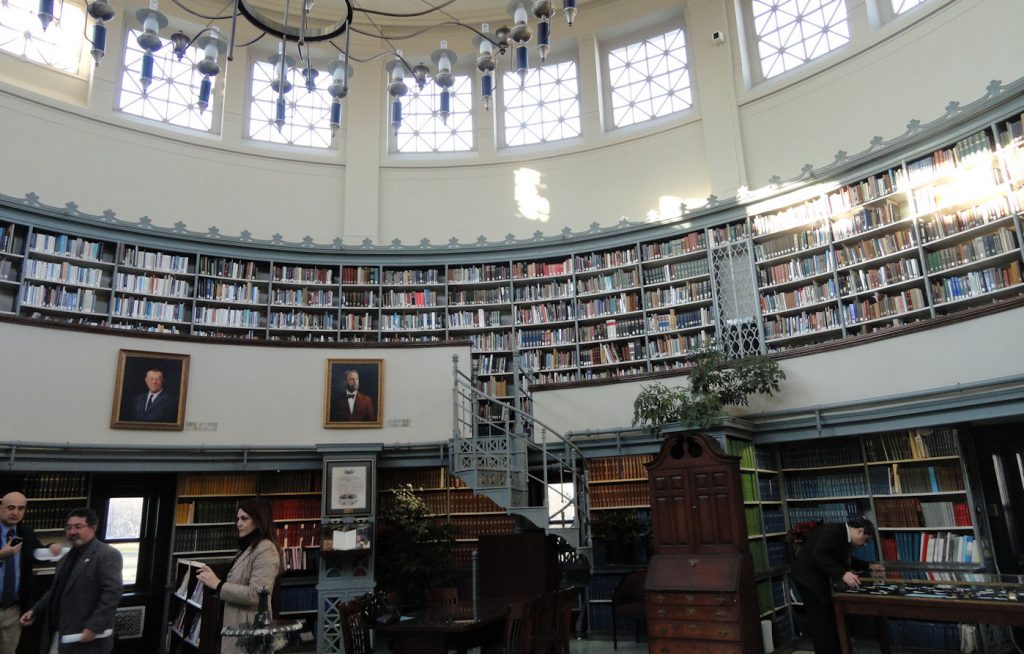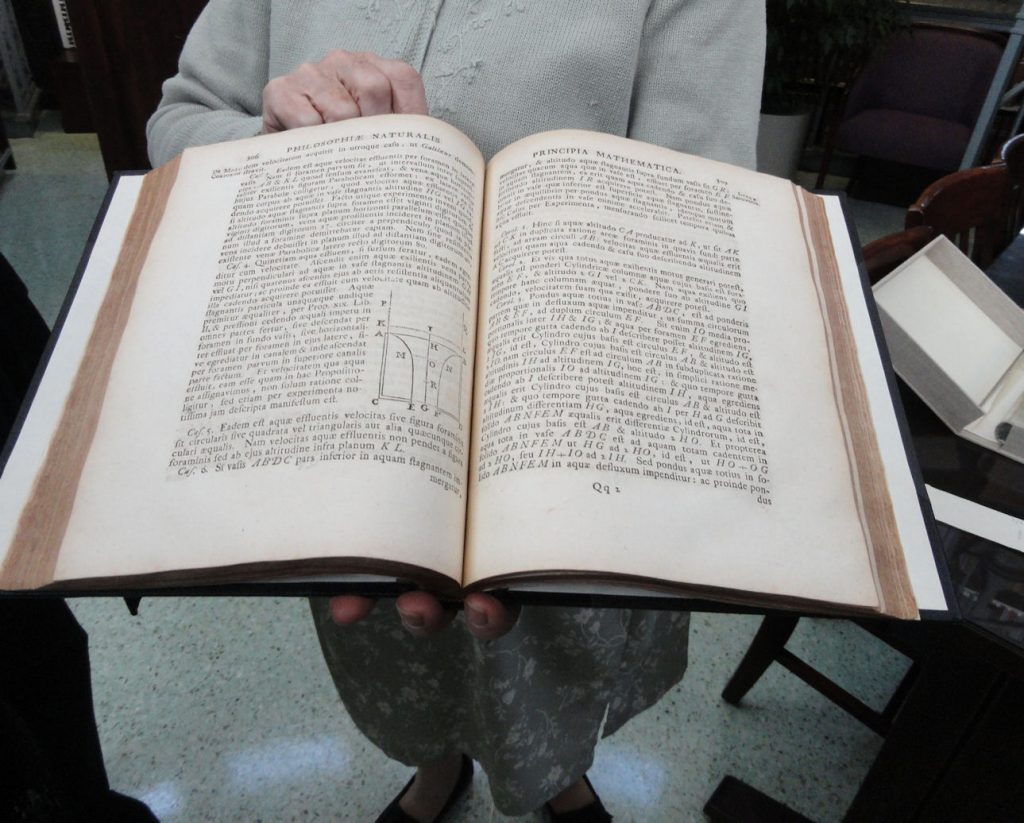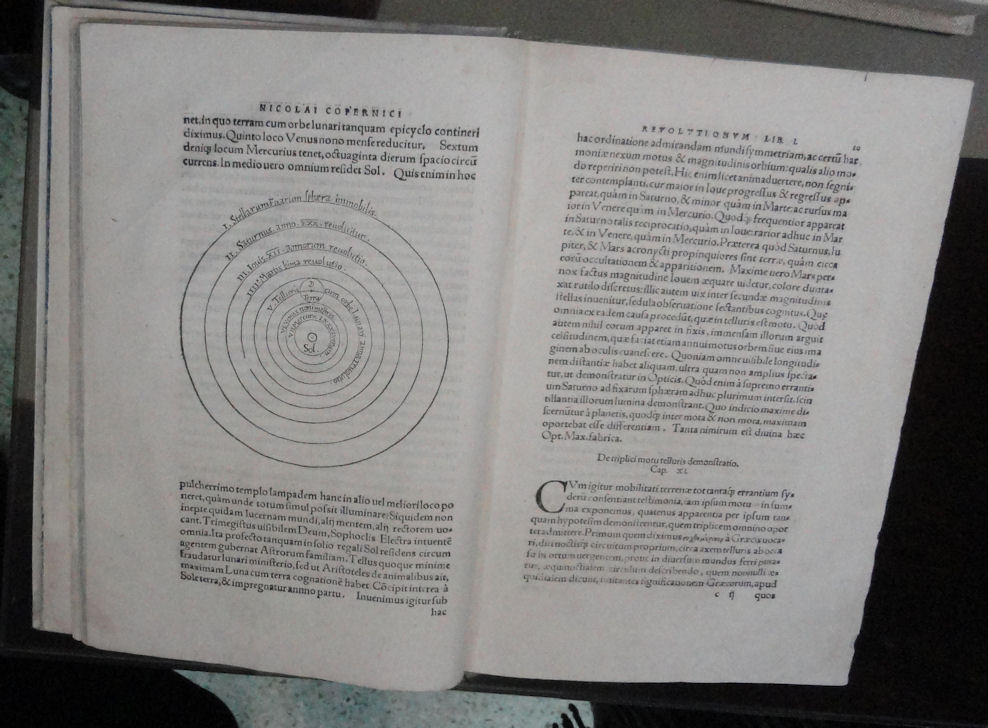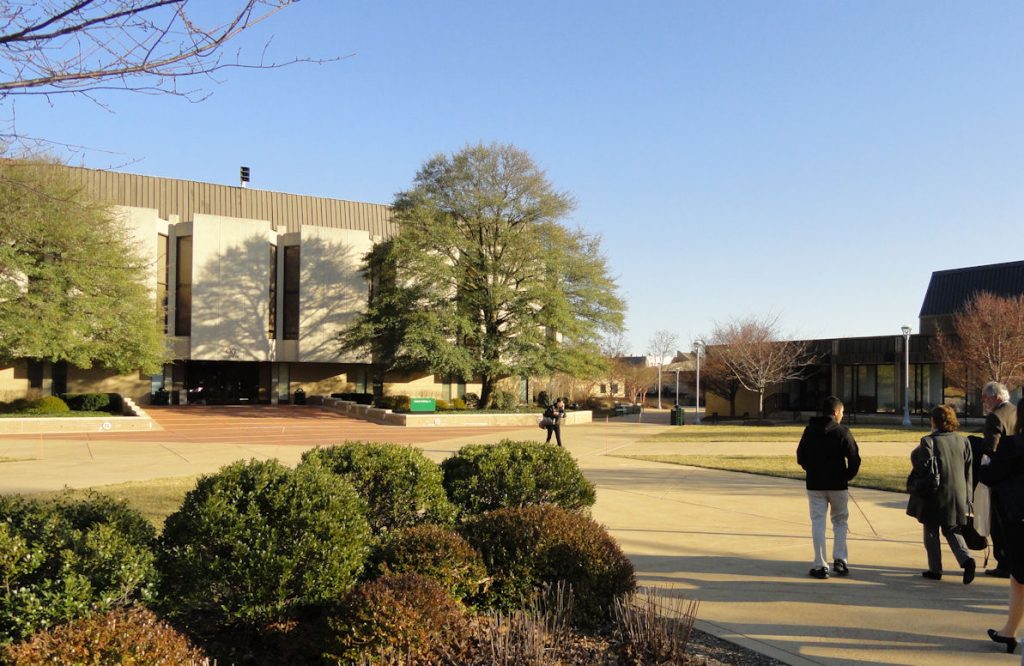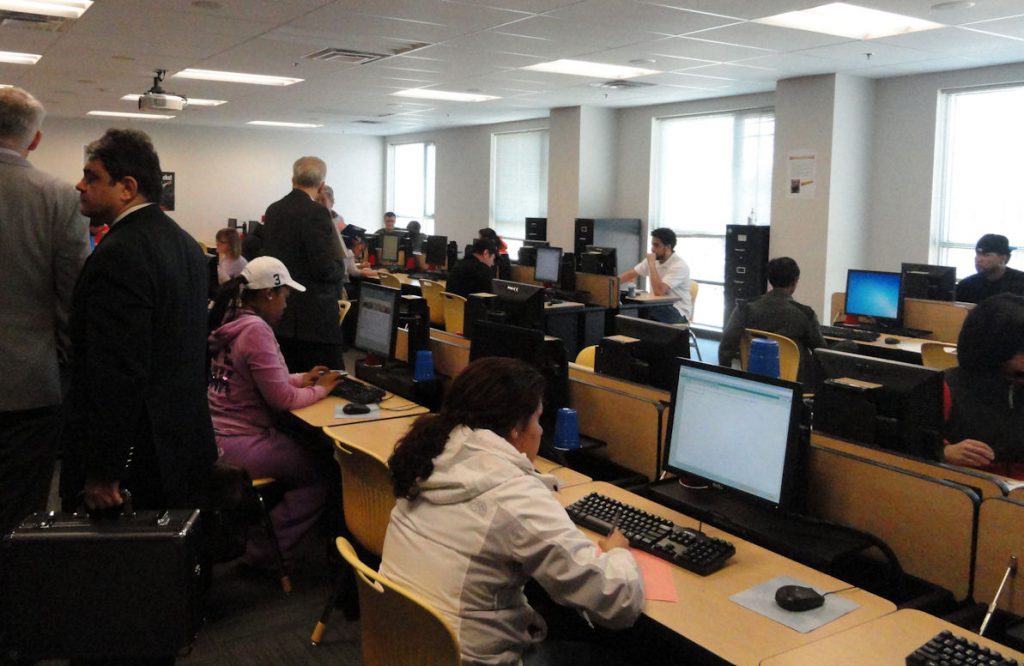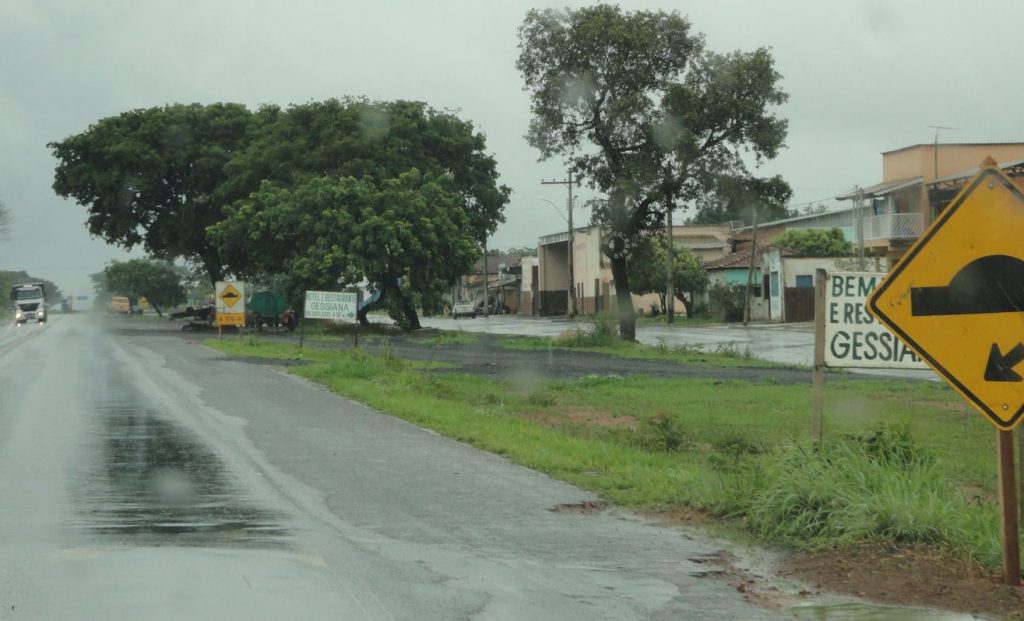
Our group of Brazilian education leaders has been getting a great reception everywhere we go and I understand that our partner groups on the West Coast and in the Midwest are enjoying similar results. No surprise really. The Brazilians are spending $3 billion to send 100,000 of their best and brightest students overseas to enrich the educational environment.

There is more, however. This is the perfect time to be working with Brazil. The country is emerging as a cultural and economic power and is striving to have its STEM education match its new wealth and position. American instructions, independent of the Science w/o Borders initiative, have decided that it is time to expand in Brazil. They want a bigger network of connections and alumni in the vast country that makes up half of Latin America.
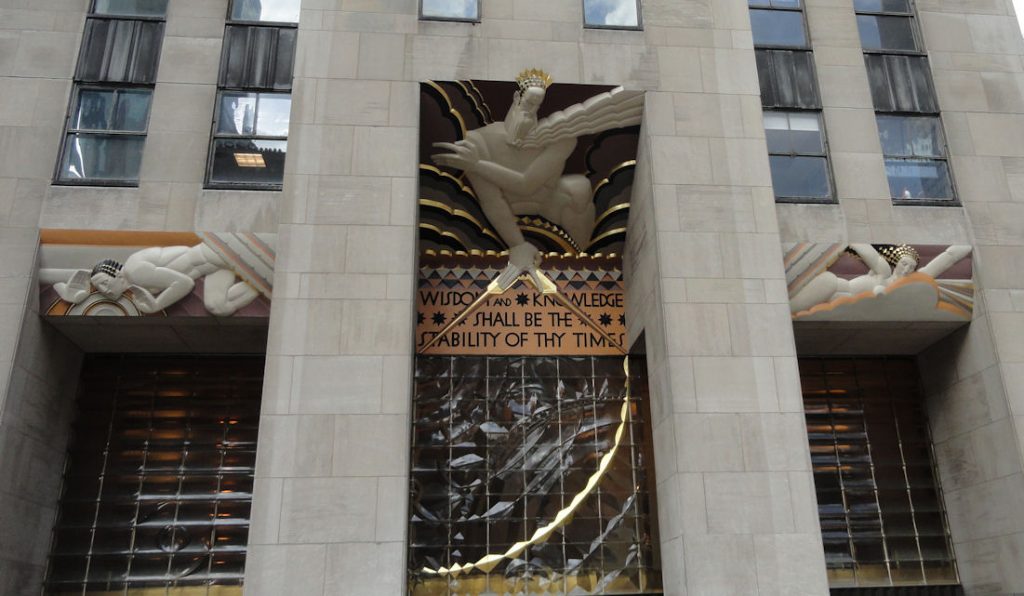
There is also the matter of diversification. Most STEM programs have lots of foreign students, but there is a great preponderance of Chinese and Indian students. There is nothing wrong with this, but you lose the advantages of diversity if you have less of it.
Having a larger number of students from a place like Brazil will bring in their unique experiences and talents, adding another ingredient to the powerful mix & besides those countries already sending large numbers of students (i.e. East Asia, India & some rich Arab countries), there are not as many sources as you might think. Europeans are largely being absorbed into their own international system, i.e. a German student can very easily study in Italy or Spain, where the systems are more compatible and they have ERASMUS program that helps pay for their study and lets them work. Many other parts of the world do not have either large numbers of qualified students or cannot afford to send them.
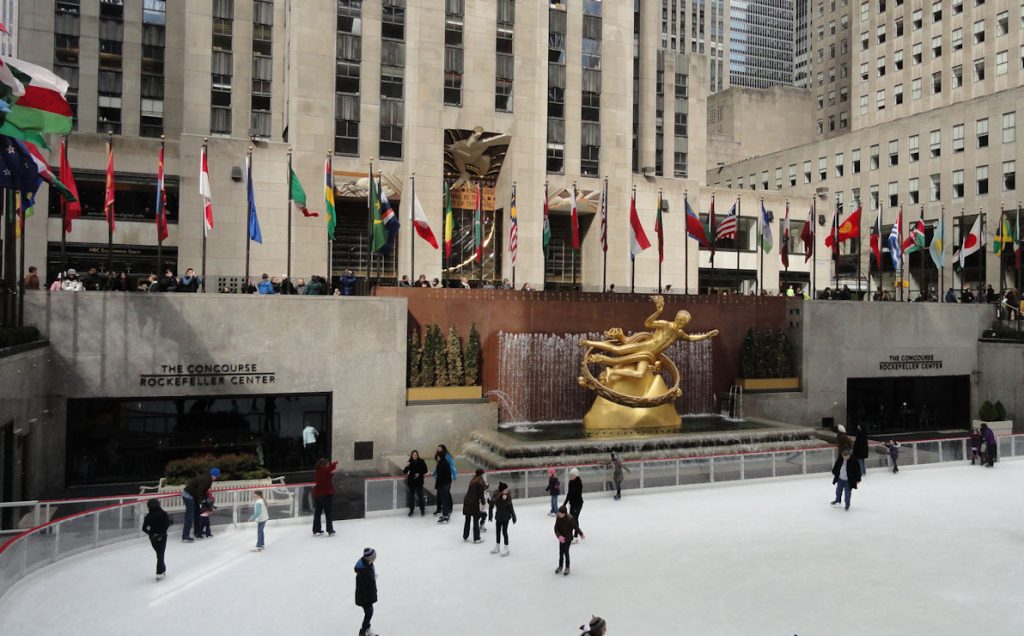
Brazil, in fact, was a more difficult case until the Science w/o Borders initiative and a good case study for how it can be difficult. The older generation of Brazilian scholars (i.e. people like me and older) was actually MORE likely to have international experience than those a bit younger. This was the ironic result of improvements in Brazilian universities coupled with challenging economic times. Until the 1970s, many of the best and brightest Brazilians studied overseas because there were few alternatives at home. One of Brazil’s educational successes of the last generations was to create an excellent university system. But this kept Brazilians at home. Of course, they were also kept at home by the hard economic times of the 1970s and 1980s, the hyperinflation and the decline of their purchasing power. This situation has completely turned around.
Brazil is a country of continental proportions. Like the U.S., it could and did absorb the energy of most of its people. So instead of an international experience, a Brazilian who wanted to go far from home could simply go to a different state, like a New Yorker might go to Wisconsin to study. Unfortunately, the system did not develop much capacity to attract foreign students. Even in large universities in Brazil, you can often count the number of foreign students on your hands. Only PUC in Rio has a large contingent of foreign students. This is also something that needs to change.
A second theme of our education mission, something that may become even more important than the actual Science w/o Borders program, is to create connections among Brazilian and American institutions, so that we get a two-way flow. Not only do Brazilians come to America, but Americans go to Brazil. We have a lot to learn from each other.
I have been encouraged by the interest in Brazil among Americans but dismayed by the lack of practical knowledge. Brazil seems a far off land of which we know little. Few Americans study Portuguese and an annoying number think that Brazilians speak Spanish. We should know more about the biggest country is South America. Relations between our two great democracies will continue to improve, but we need to know each other better.
Science w/o Borders should jump-start this rediscovery. This is really something big and we are certainly not starting from scratch. Brazil is a fellow Western democracy, a partner in the Americas. We are old friends, who have just not kept up. The U.S. was the first country in the world to recognize Brazilian independence. We have worked closely over the years. We were allies in World War II. Our scientist, leaders and people collaborate well. An American in Brazil recognizes familiar brands and American firms are present and making products in Brazil. On the other side, Brazilian firms are present in the U.S. Budweiser beer is owned by a Brazilian multinational as are Burger King Restaurants, among others. It is just time to get to know each other better again and renew our wonderful friendship. The opportunity is now.
Maybe time for the Shakespeare quote:
“There is a tide in the affairs of men
Which, taken at the flood, leads on to fortune;
Omitted, all the voyage of their life
Is bound in shallows and in miseries.
On such a full sea are we now afloat,
And we must take the current when it serves,
Or lose our ventures.”
I cannot add anything more, except to write that my pictures are all from Rockefeller Plaza in New York. They are related to the text only in that I wrote this the same day I took the pictures.

